Bengal cats are outgoing, social, and love to talk and interact with their owners. This breed is also incredibly intelligent and can easily learn to perform tricks. However, as with every breed, they have a few common health issues that you need to consider.
Although some more than others, all cat breeds are predisposed to certain health problems due to their genetic makeup. This doesn’t mean that your cat will definitely end up with the disease(s), but they are at a higher risk. Different breeds are at higher risks for different problems, so we will discuss the ones that are common to your Bengal cat.

The 9 Bengal Cat Health Problems
1. Progressive Retinal Atrophy (PRA)
Progressive Retinal Atrophy (PRA) is a devastating disease that reduces your cat’s vision over time until they’re completely blind. It usually starts when your cat is an adult, from around 2 years of age. It occurs when the photoreceptor cells in your cat’s retina start to deteriorate.
Another form of this condition is called retinal dysplasia, and that happens earlier on when they’re still kittens. This form can be detected from around 2 months of age.
In PRA, your cat’s night vision will deteriorate first, which will be your first indication that there is a problem. Because this condition isn’t painful, you may not notice that anything is wrong until it’s already quite severe. If your cat is nervous around dark areas and avoids them, bumps into objects, or has slightly dilated pupils, take them to your veterinarian for a fundus examination. Unfortunately, there is no cure for this condition.
If you need to speak with a vet but can't get to one, head over to PangoVet. It's an online service where you can talk to a vet online and get the advice you need for your pet — all at an affordable price!

2. Cataracts
Cataracts occur more commonly in dogs and humans, but unfortunately, it’s a condition that also affects the Bengal breed. Thankfully, cataracts can typically be treated with surgery, but if left untreated, it will result in your cat becoming blind in one or both eyes.
A cataract causes the eye’s natural lens to become cloudy. It prevents light from focusing on the retina and results in unclear vision or complete vision loss. Most cats that have diabetes have inherited it. However, it can be caused by a few other factors such as diabetes mellitus, old age, uveitis, hypocalcemia, and trauma.
If your cat has a cataract and you look closely at their eye, you’re likely to see it. If you can see it or have noticed your cat struggling to see, take them to the veterinarian before it worsens.
3. Patellar Luxation
Patellar luxation is generally the consequence of genetics, caused by abnormalities in a cat’s body which typically affect both of their hindlegs. However, it can be caused by trauma to the knee. If it occurs suddenly, it’s most likely from trauma, but it’s hereditary if symptoms get worse over time. Thankfully, it’s not common in most cat breeds but unfortunately, the Bengal breed is at risk.
This condition affects the kneecap and occurs when it dislocates away from the trochlear groove, moving either inside or outside of it. Unfortunately, the rubbing that takes place can cause arthritis. If your Bengal cat limps, struggles to jump, or tries to avoid placing weight on the leg/s, they may have patellar luxation and need to see your veterinarian. Depending on its severity, the treatment can range from medication to surgery.
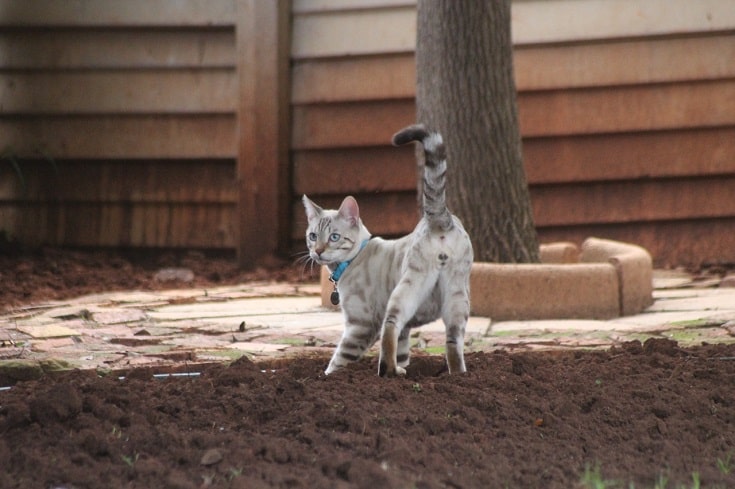
4. Hypertrophic Cardiomyopathy (HCM)
Hypertrophic Cardiomyopathy (HCM) occurs throughout many cat breeds, including the Bengal breed. In most cases, it’s an inherited condition whereby the heart’s left ventricle wall thickens, reducing blood flow.
Male cats are at higher risk for this condition which usually occurs between 5 and 7 years of age. Other conditions such as hypertension and hyperthyroidism, along with this health problem, can lead to more complications in your cat, making it harder to manage. A few symptoms are anorexia, weak pulse, sudden limb paralysis, abnormal heart rhythms, collapse, and sudden heart failure.
5. Chronic Renal Failure (CRF)
Chronic Renal Failure (CRF) can be caused by a number of factors, some of which are diabetes mellitus, kidney disease, an obstruction in the urinary tract, types of prescription medication, and genetic factors. This condition occurs when a cat’s kidney starts to fail and generally affects older cats.
Once a cat is on treatment for this health issue, progression should slow down, extending the cat’s life. However, there is no cure, and cats ultimately die from it. Symptoms such as anorexia, diarrhea, vomiting, increased thirst, seizures, and blood in urine require immediate treatment.
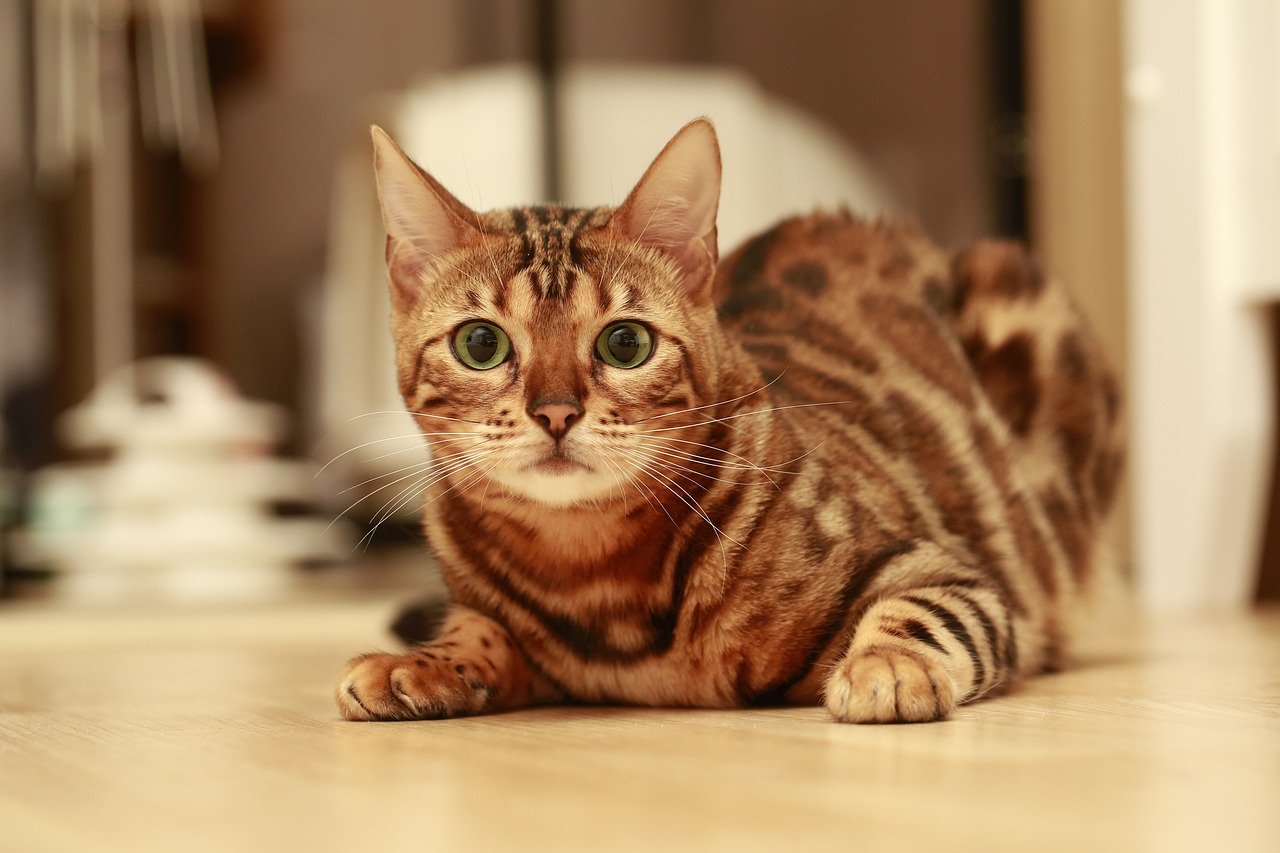
6. Gastritis
Bengal cats have pretty sensitive stomachs which can get upset easily. Inflammation can occur from something as simple as eating the wrong foods or as serious as kidney disease. Either way, if your cat’s stomach is upset for more than 24 hours, they need to be seen by the veterinarian and diagnosed and treated correctly.
Gastritis is a condition whereby the lining of the cat’s stomach has become inflamed; however, it usually lasts for less than 24 hours. Long episodes can occur, which typically indicates a more serious underlying health issue. Common symptoms of gastritis are vomiting and a loss of appetite.
7. Lymphoma
Lymphoma affects the lymphatic system and is the most common cancer in Bengal cats. Although it can be found in various parts of the body, it’s most often found in the intestines causing weight loss, change in appetite, diarrhea, and vomiting. Without an ultrasound or biopsy, lymphoma can be misdiagnosed as inflammatory bowel disease as they look very similar.
Depending on the type of intestinal lymphoma a cat has, it can grow quickly or slowly. The slower type has a higher chance of survival. As with most health conditions, the faster it’s diagnosed and treated, the higher your cat’s chance to survive it.
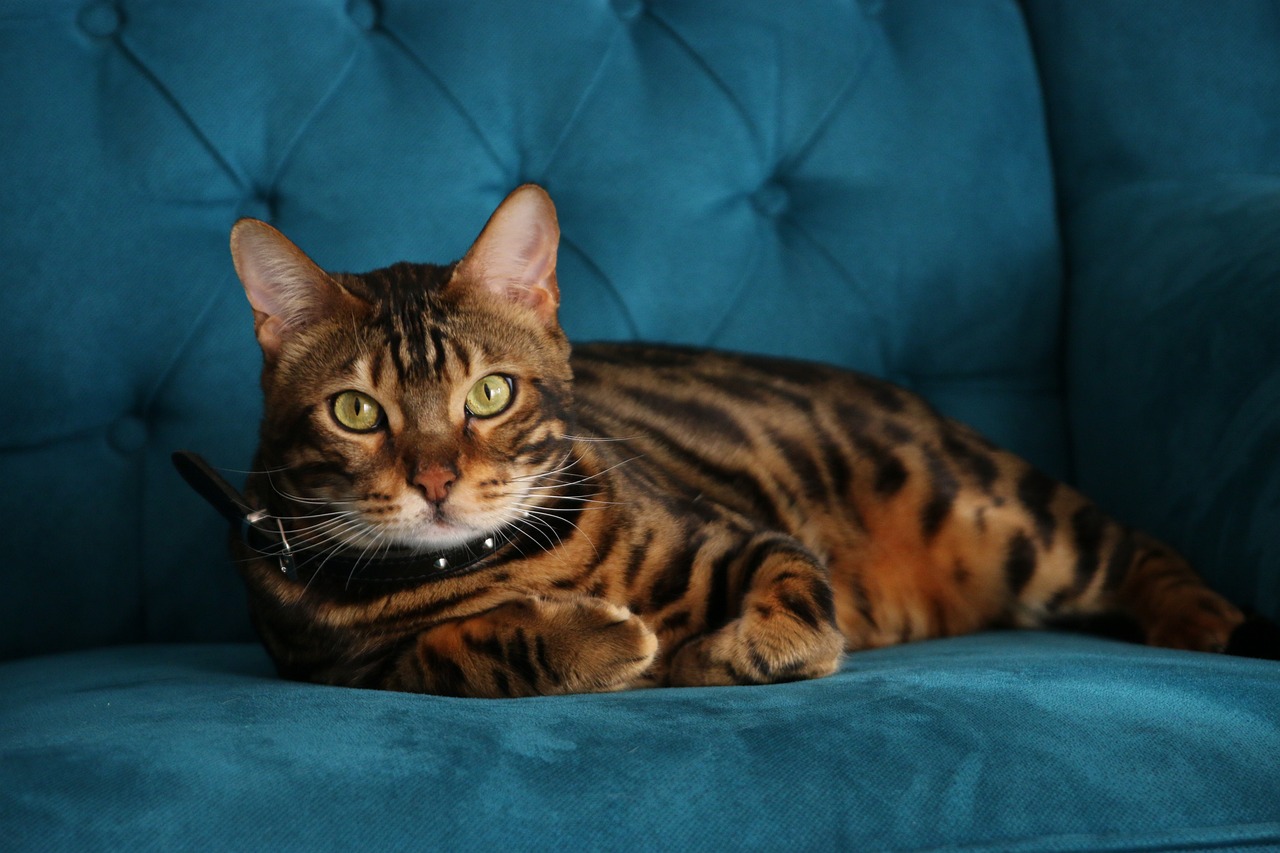
8. Pancreatitis
Pancreatitis is the name of the condition whereby the pancreas becomes inflamed. Unfortunately, this condition can reoccur more than once. Signs that your kitty is suffering from this health problem are dehydration, lack of appetite, weight loss, lethargy, and an increase in their thirst and urination. If your cat is suffering from a mild case of pancreatitis, you may not see any symptoms at all. Serious cases often result in hospitalization, but many cats are treated and have a full recovery.
Unfortunately, the cause of pancreatitis isn’t always known.
9. Feline Lower Urinary Tract Disease (FLUTD)
Another condition that doesn’t always have a known cause is feline lower urinary tract disease (FLUTD), which is when the urinary bladder becomes inflamed. Stress has a large role to play in this disease but other risk factors are an inactive lifestyle, obesity, age, not drinking enough water, and a history of chronic kidney disease/urinary tract procedures.
This condition is painful, and your cat will show signs of pain by crying when trying to urinate and licking their genital area. You’ll also notice a break in their house training by urinating outside their litter box. Their urine will also be dark or bloody. If your cat has had FLUTD, there’s a high chance of recurrence. No matter the amount of times a cat gets this condition, they need to be seen and treated by a veterinarian.
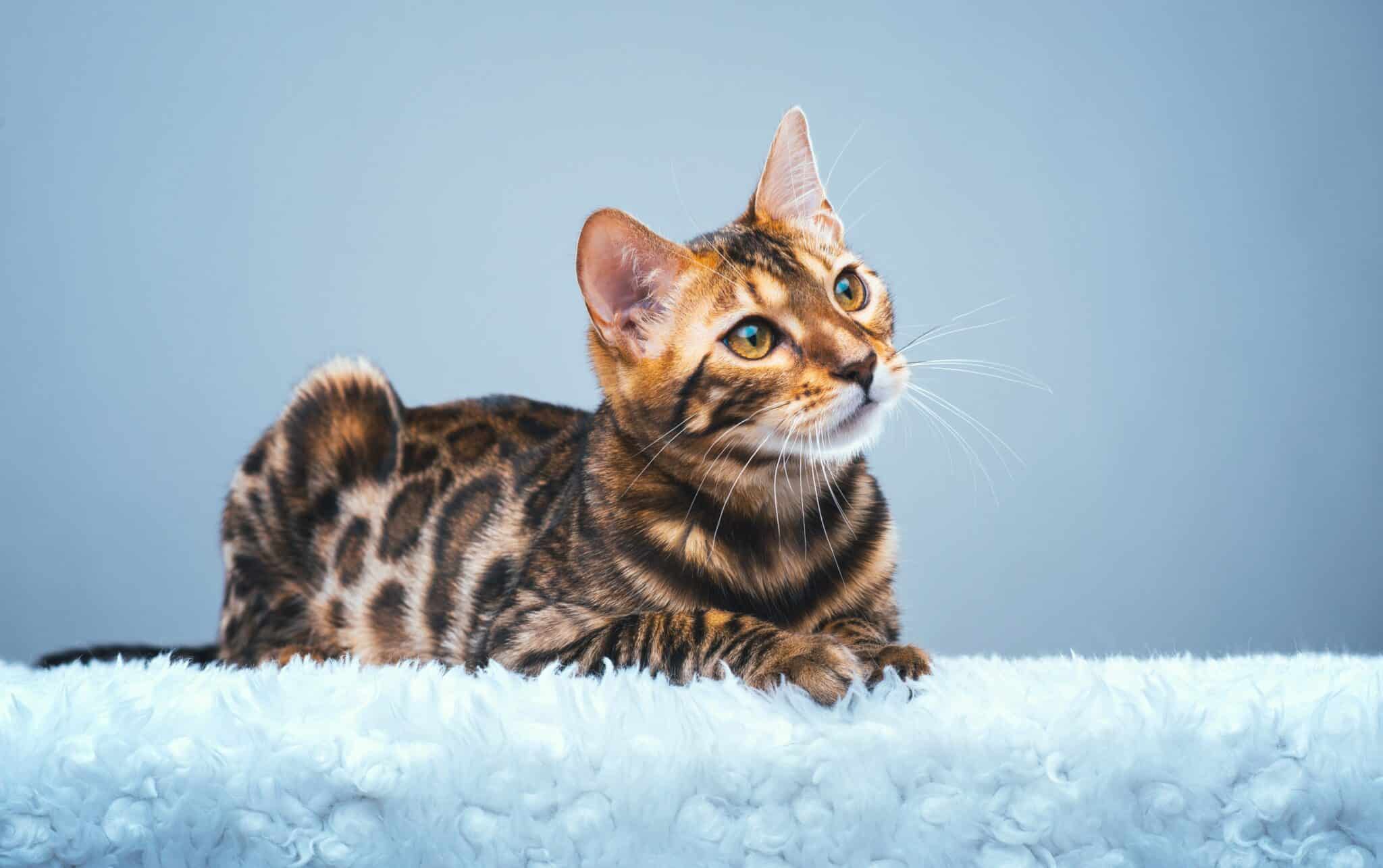

How Can I Keep My Bengal Cat Healthy?
It’s important to know what your Bengal cat’s common health issues are so that you can care for them in the most appropriate way and put a preventative plan in place that will hopefully lower their risks.
You should take your Bengal cat to the veterinarian on a regular basis to get screened for these common health conditions. It’s essential to stay up to date on all their vaccinations. Ensure that you feed them high-quality cat food, give them plenty of exercise, a clean environment with toys to play with, space to run around in, affection and care, and access to sunlight.
Only get Bengal cats from reputable breeders or Bengal cat rescue organizations. The correct breeders will have screened their Bengal cats for these life-threatening diseases to produce healthier offspring. Using reputable breeders will also save you a lot of money and heartache in the long run, as health issues in untested kittens and cats are generally only discovered once they are sick—when it may be too late to reverse the damage.

Conclusion
Although the list above is of common health issues for Bengal cats, other cat breeds can also be at risk. However, just because the conditions are common among the breed doesn’t guarantee that your cat will suffer from them.
To keep your Bengal cat healthy, give them a good diet and plenty of exercise. Keep them away from foods that will upset their stomachs and regularly take them to the veterinarian for health checks.
Featured Image Credit: skeeze, Pixabay
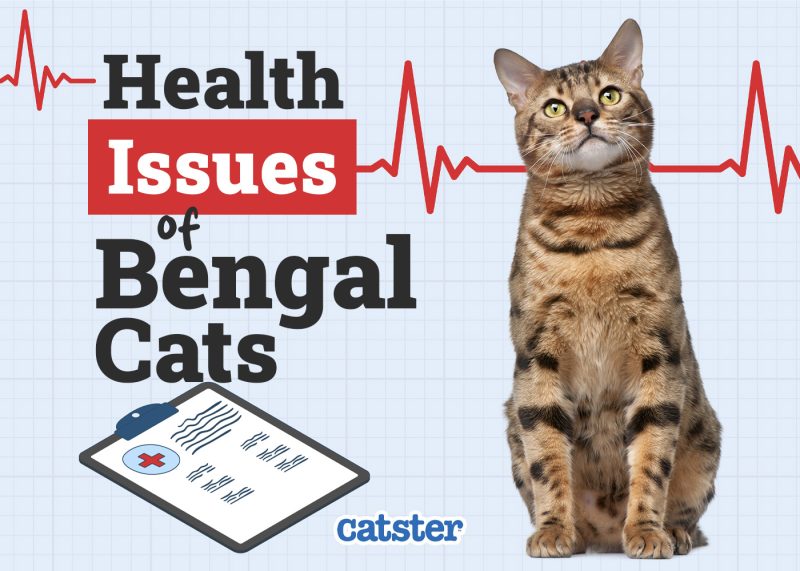

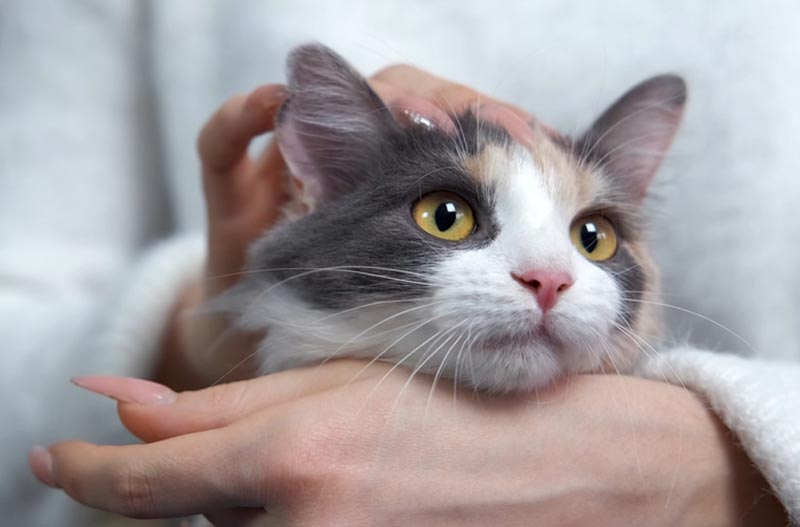
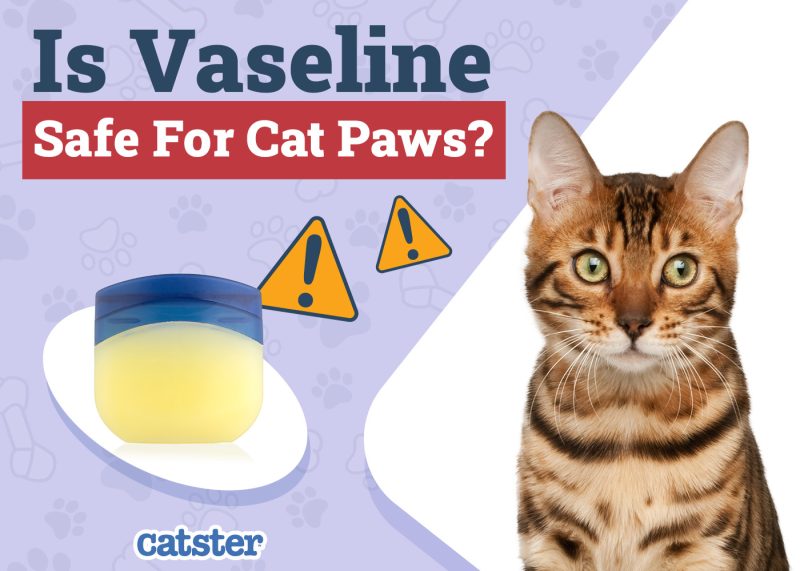
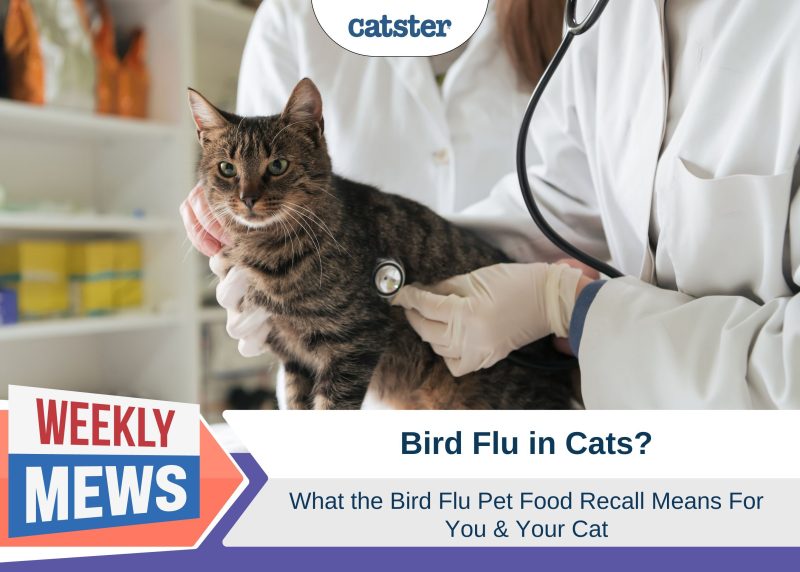

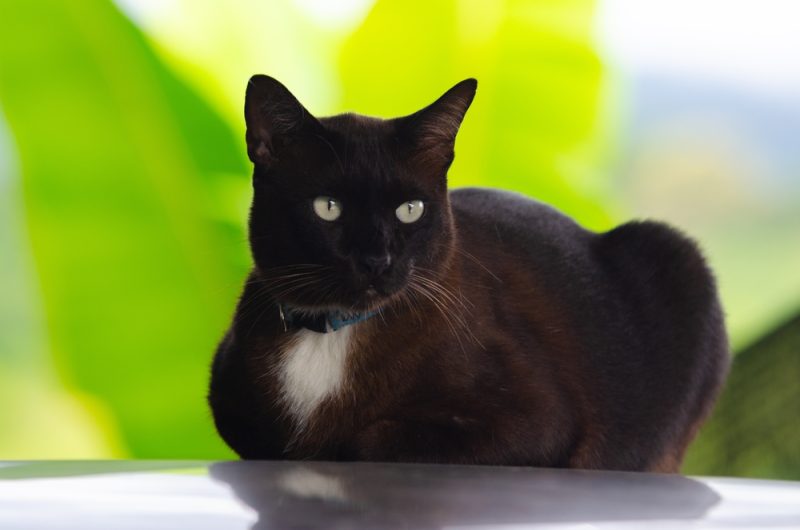
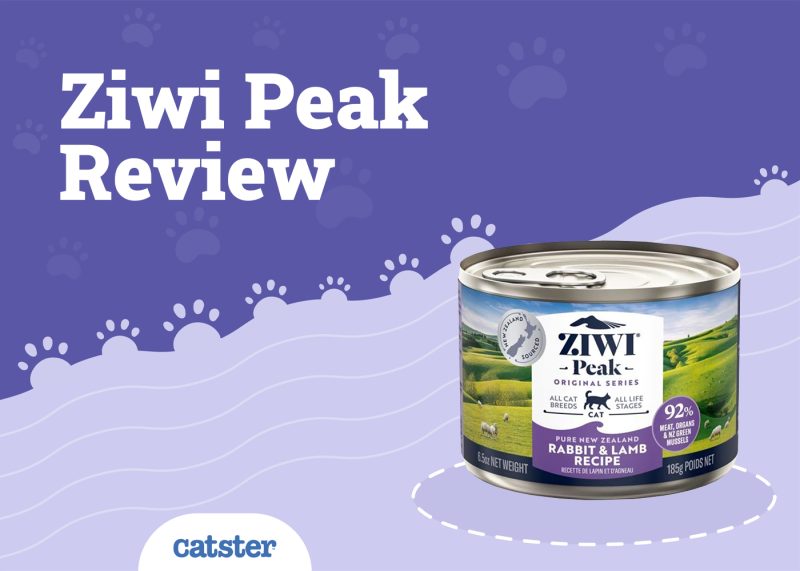

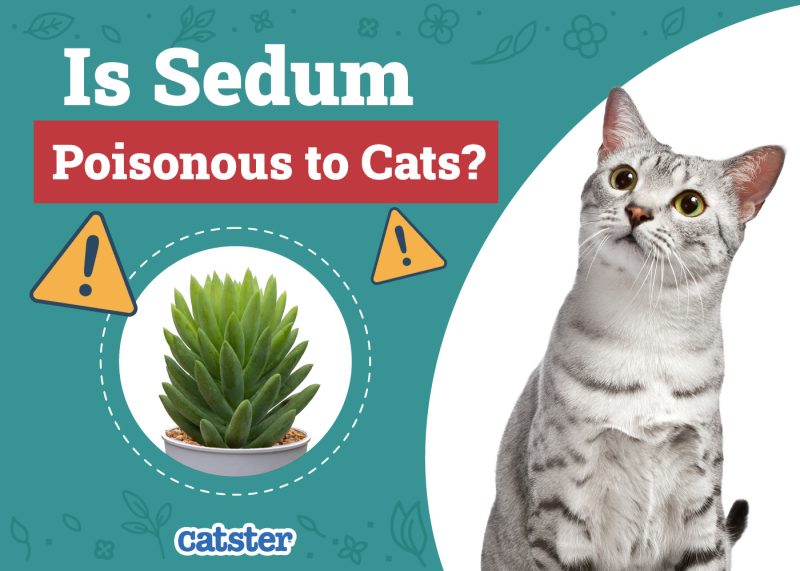
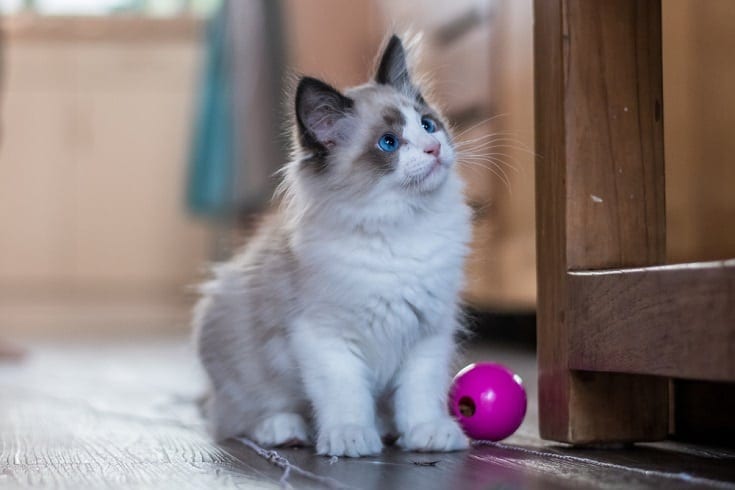

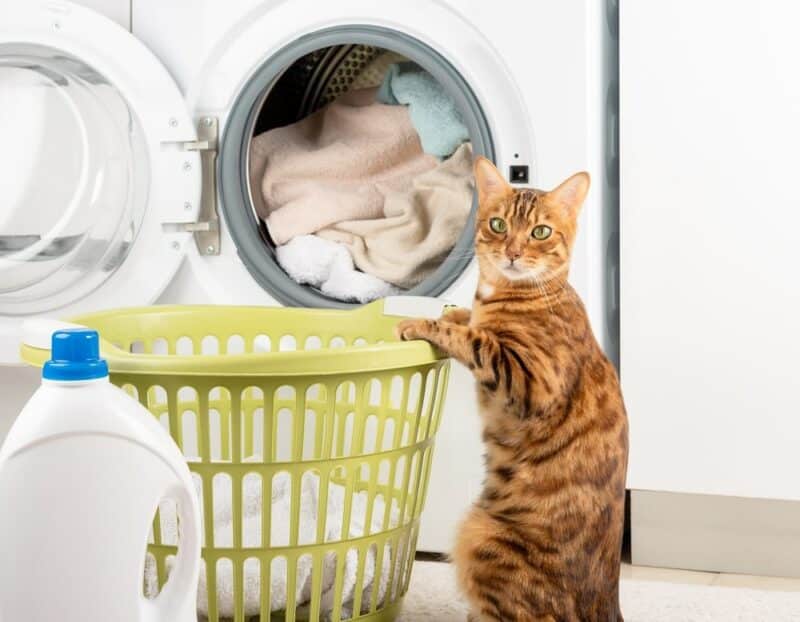
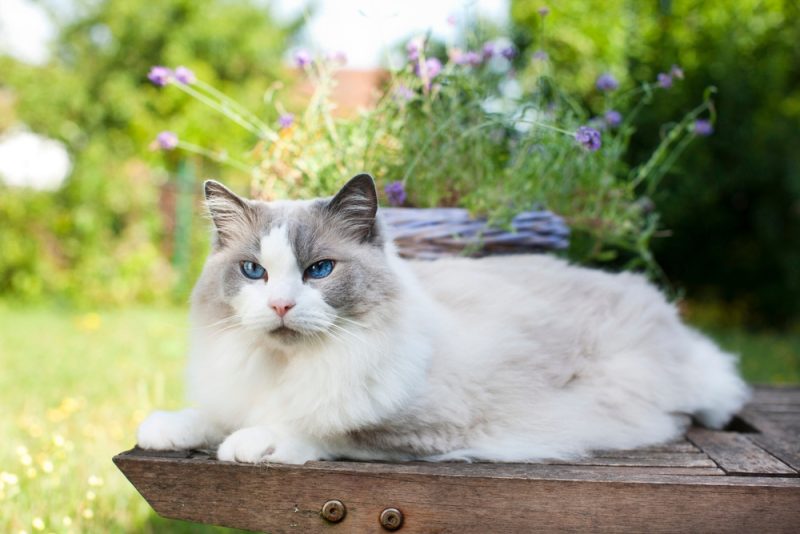

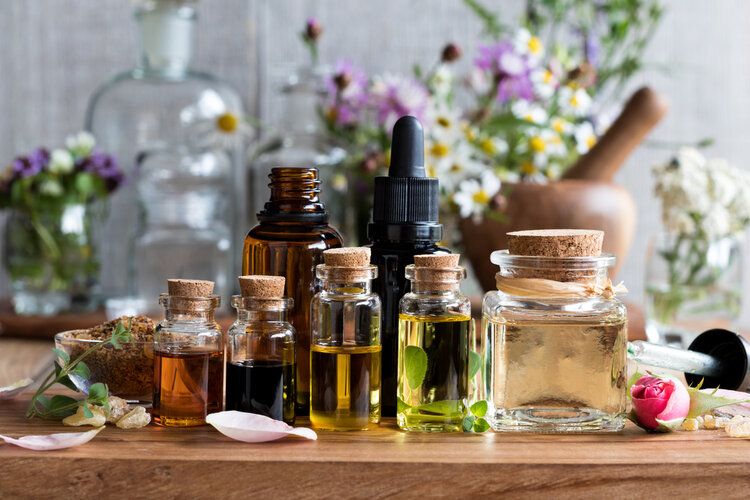



2 Responses
My granddaughter had a Bengal, he was about yrs old. Stayed active, had a special recommended diet for his breed, and had never had anything wrong with him. He had regular checkups with the vet, which said he was in good health nothing wrong with him. She went to feed him in the morning and he was unresponsive. How could that happen when his vet checkups were a clean bill of health? Just trying to understand.
Hi Diana, sorry to hear about your granddaughter’s Bengal. Not sure exactly what you mean by “unresponsive” but we recommend you take the cat back to the vet. Additionally, you can have a chat with a veterinarian at www.pangovet.com to go through the specifics of the case and help you clear your doubts and questions. We wish you the best.